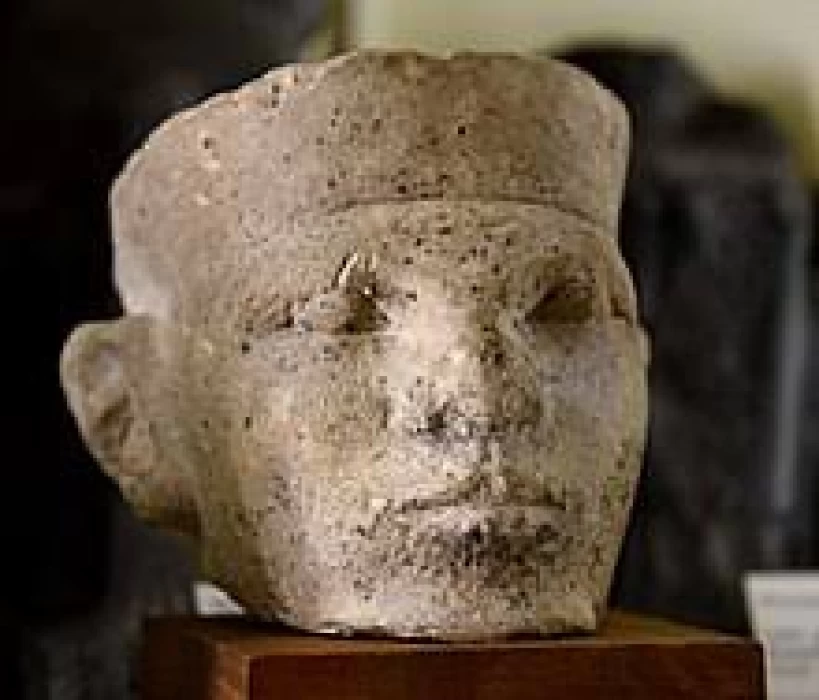
King Narmer | The founder of the first dynasty
The name of King Mina is mentioned on the tablet as "Naar-Mer", and it is written with two symbols "fish" and pronounced "Naar", and "Azmil" and pronounced "Mer", and this difference in pronunciation of the name, as it is believed that the name has several meanings and archaeologists have not agreed on the real meaning of the name: beloved of the goddess Na'ret, the opener of roads, killer of the Naar fish. He was the king who gathered ruling the two sides of Egypt under one kingdom. Explore Egyptian history and its rulers by visiting Egypt and its enchanting temples and monuments during Egypt Easter Tours with your family and friends.
Moreover, The Narmer Palette is a stone that was used by the Egyptians to grind and create some dyeing materials, and finally they used it as a painting recording some of their significant historical events. The Narmer Palette includes hieroglyphic writings and the painting showing the event of the combining of Upper and Lower Egypt under one kingdom during the reign of King Narmer. The Narmer Palette is the first of the Pharaonic historical paintings known as Narmer. It was written and painted during the reign of Pharaoh Narmer, who unified the two Egyptian faces embodying the scene of the unification of the two countries and the victory of the Pharaonic king over his enemies. Have the opportunity to learn more about the different stages of the Egyptian ruling system with Cairo Top Tours professional tour guides during Egypt trips.
Besides, As for how it was discovered, the British scientist Quibell found it in Hierakonpolis near Edfu, it was made of greenschist in 1988, and it is now in the exhibition hall of the Egyptian Museum in Tahrir which you can see during Cairo Day Tours with professional certified Egyptologist to explain every single detail for you. King Mina ruled Egypt for sixty-two years, during which he fought the enemies of the country starting from the Libyans and Nubians, and defeated them. After his victorious battles, he spread justice and peace throughout the country and then united its divisions, which made the Egyptians devoted to their love for him.
When his rule reached thirty years, the people competed to celebrate this holiday the thirtieth anniversary of his rule. The people loved their king so much that they willingly accepted changing their tradition of deposing the king when his rule reached thirty years so that only young men would rule the country. However, out of loyalty to their beloved king, “Mina,” the people unanimously agreed to renew his rule by circumventing the old traditions and saying that by celebrating this holiday they could renew the king’s youth so that he would restore their new era and a successful and happy rule.














